Standard Types of Stages
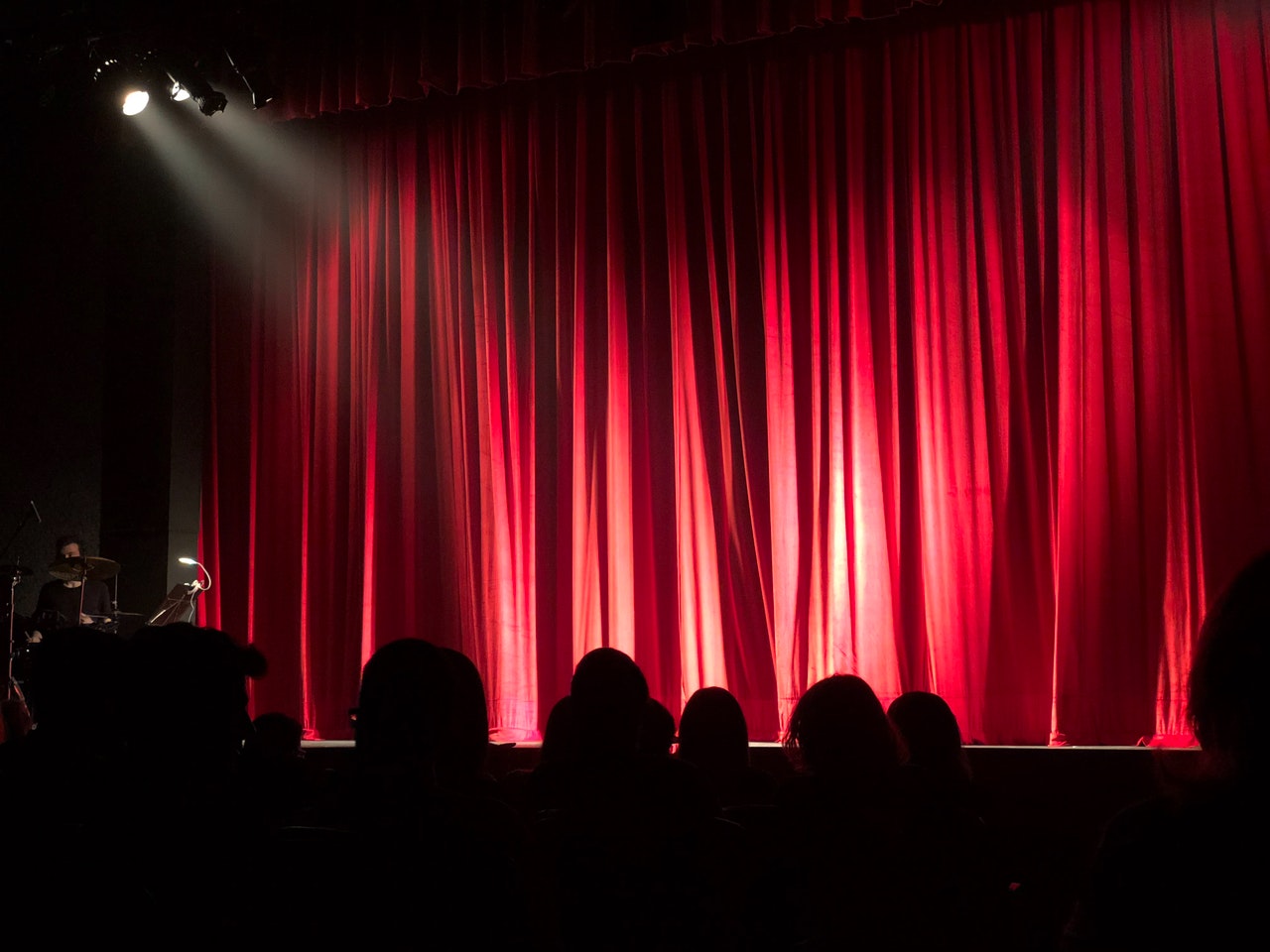
PROSCENIUM
*The proscenium stage was invented during the Italian Renaissance.
*It derives its name from its proscenium arch (Picture frame opening).
*Proscenium stages use the standard Acting areas, plus the apron in front of the Proscenium arch.
*The original idea was to watch a living portrait on stage.
*It did not originally have the apron; that came about during the English Restoration Period when the English added a thrust stage to their prosceniums to merge their Elizabethan styles with that of the Italian and French.
*Most school auditoriums and large theatres are prosceniums.
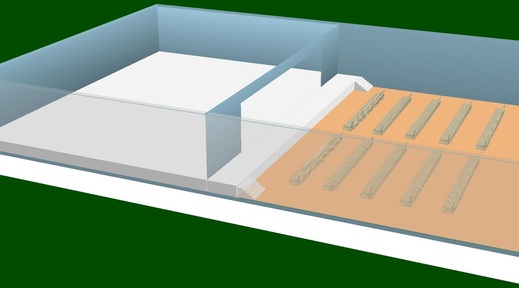
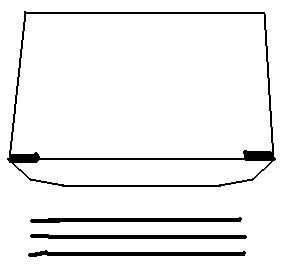

THRUST
*The Thrust stage has seating on three sides.
*It uses standard Acting Areas minus the Apron.
*Because the audience is on three sides of the stage, an actor’s back is to some of the audience much of the time.
*Thrust stages are designed to use mostly smaller set pieces, however large setting can be used in the Upstage area on many Thrusts.
*This type of stage is very good for audience Interaction, since you are thrust out into the audience.
*Shakespeare’s Globe Theatre was a thrust stage.
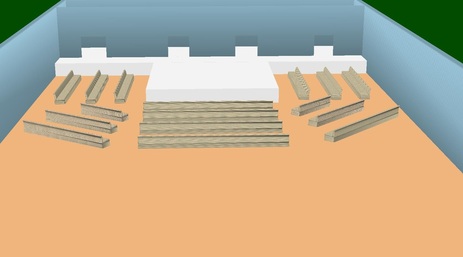


ARENA
*The arena stage is also known as “theatre-in-the-round.”
*The audience sits on all sides of the stage.
*Arena stages usually consist of a stage with equal sides (a circle, square, octagon, or hexagon) so that the audience is about the same distance from the center as the seat in the corresponding row on the other sides of the stage.
*Stage directions are often given as clock marks, compass points, or degrees.
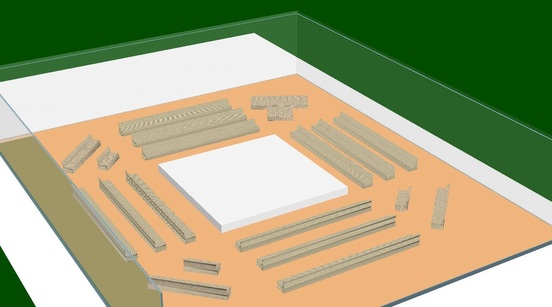
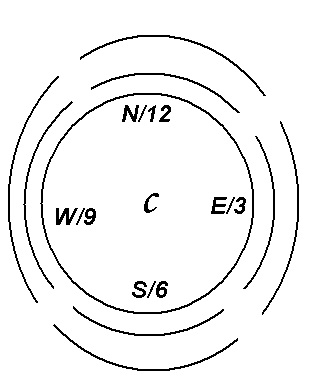
Flexible Staging

BLACK BOX
*Black Boxes have no permanent seating, nor any permanent Stage.
*Everything in a black box theatre is re-arrangeable.
*They are usually painted all black.
*A Black box can become be any shape or stage type you want it to be, just by re-positioning or building the set however you desire it to be configured.
*The Thad at Texas Wesleyan University is one of the largest Black Box Theatres in the United States.
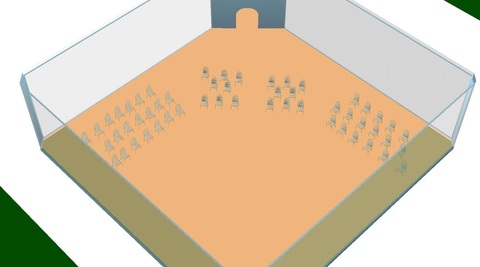
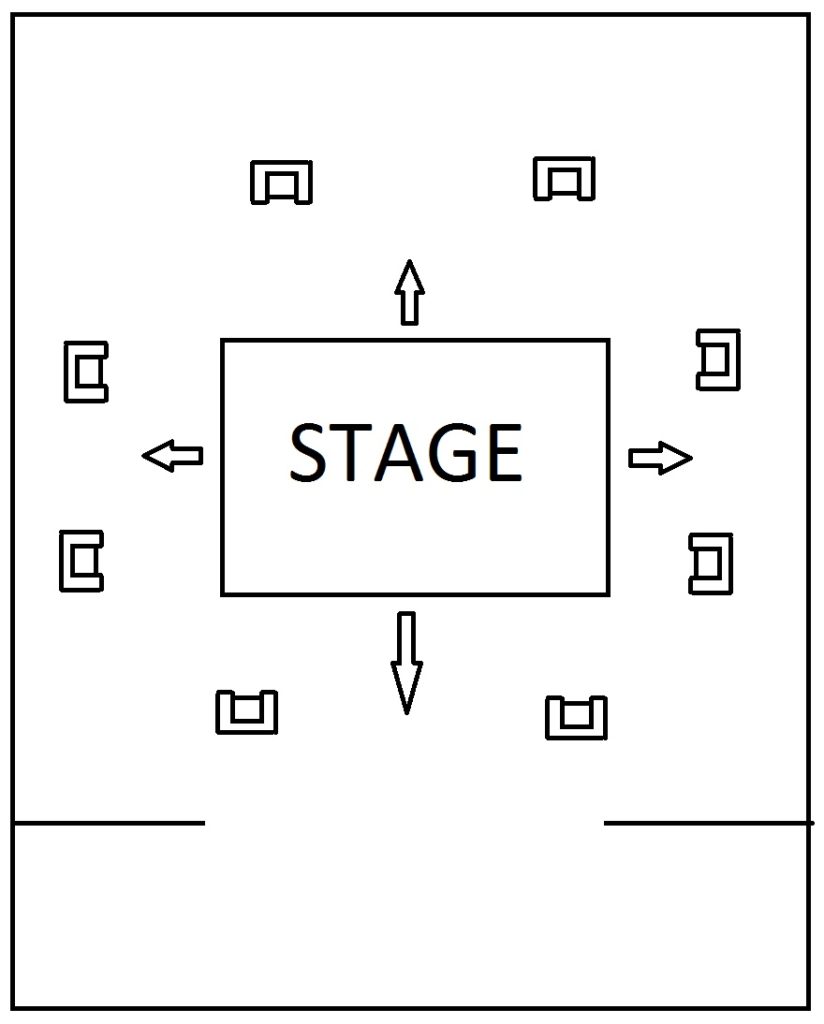

FOUND SPACE
*Found Space is anywhere you can perform a show that isn’t an actual theatre.
*Examples include: parks, gardens, historic mansions, conference rooms, churches, etc.
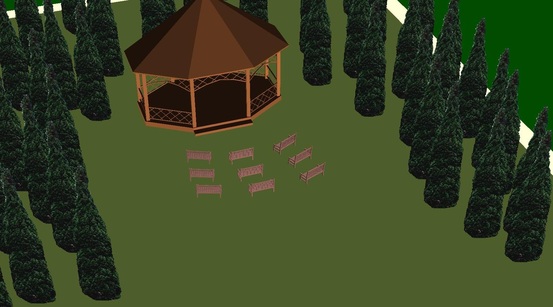
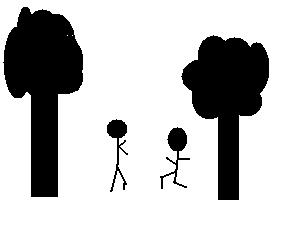
Cover Photo by Monica Silvestre from Pexels
